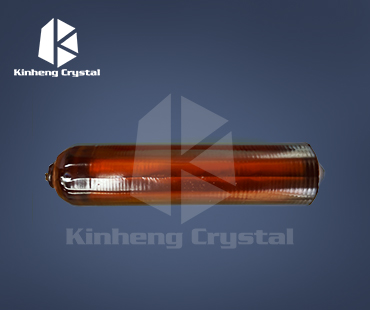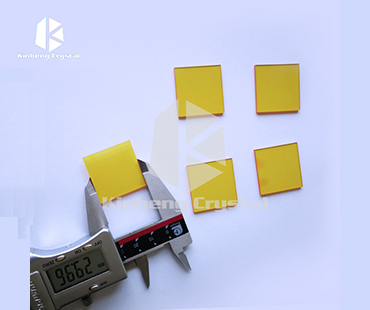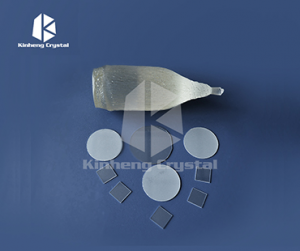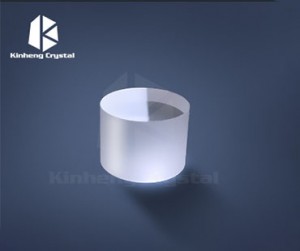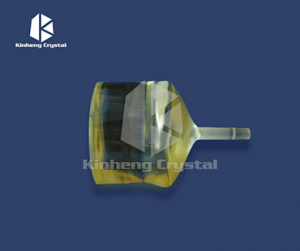BSO substrate
Description
Bi12SiO20 crystal Bismuth silicate crystals have multifunctional information materials such as photoelectric, photoconductive, photorefractive, piezoelectric, acousto-optic, dazzle and Faraday rotation.
Available dimension: 30x30x2mm, 10x10x2mm, 5x5x2mm, 3x3x2mm etc.
Orientation: (110)(100)(111)
Properties
| Crystal |
Bi12SiO20 (BSO) |
| Symmetry |
Cubic, 23 |
| Melting Point(℃) |
900 |
| Density(g/cm3) |
9.2 |
| Hardness (Mho) |
4.5 |
| Transparencey Range |
450 – 7500 nm |
| Transmittance at 633 nm |
69% |
| Refractive Index at 633 nm |
2.54 |
| Dielectric Constant |
56 |
| Electro-optic Coefficient |
r41 = 5 x 10-12 m/V |
| Resistivity |
5 x 1011W-cm |
| Loss Tangent |
0.0015 |
BSO Substrate Definition
BSO substrate stands for "Silicon Oxide Substrate". It refers to a specific type of material used as a substrate for growing thin films in various scientific and technical applications.
The BSO substrate is a crystal structure composed of bismuth silicon oxide, which is an insulating material. It has unique properties such as a high dielectric constant and strong piezoelectric properties. These properties make it suitable for applications in optoelectronics, microelectronics, sensors, etc.
When used as a substrate, BSO provides a suitable surface for thin film growth. Thin films grown on BSO substrates can exhibit enhanced properties or functionality depending on the specific material deposited. For example, thin films of ferroelectric materials grown on BSO substrates can improve ferroelectric properties.
Overall, BSO substrates are important materials in thin-film technology for research and development in various fields that require precise control of thin-film growth and properties.
Crystal Orientation
Crystal orientation refers to the direction and arrangement of crystal lattices within a crystal structure. Crystals have repeating patterns of atoms or molecules that form a three-dimensional lattice. The orientation of a crystal is determined by the specific arrangement of its lattice planes and axes.
Crystal orientation plays a crucial role in determining the physical and chemical properties of crystals. It affects properties such as electrical and thermal conductivity, mechanical strength and optical behavior. Different crystal orientations can exhibit different properties due to changes in the arrangement of atoms or molecules within the crystal structure.






